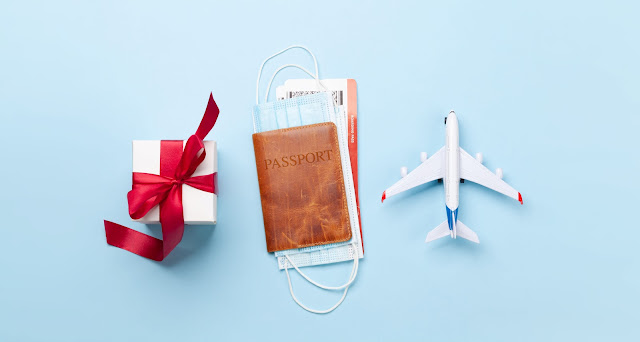Air Travel Rules: Are They Different For Those With a Disability?
Air Travel Rules: Are They Different For Those With a Disability?
different factors that you should consider. One of those factors
includes whether or not you have a disability. Even if you do not have
a disability, you also need to be prepared if you are traveling with
someone else who has one. This preparation does not just include
packing your bags for your trip, but it is also includes familiarizing
yourself with air travel rules. Although most of the rules are the same,
you will find that some rules differ for those who have a medical
condition or a disability.
The first step in preparing for a trip with someone who is disabled,
whether that person be yourself or another traveler, is to alert the
airline. When making your reservation, you may want to inform the
airline staff of any disability or medical condition that you may have.
Although this is not necessary, it may be a good idea, especially if you
will be traveling with medical equipment. Extra accommodations will
need to be made for those who are traveling, past airport security
checkpoints, with wheelchairs or mobility scooters. Learning what you
will need to do with these items, ahead of time, is a great way to make
your travel plans run as smoothly as possible.
It is also a good idea to famialrize yourself with the airport screening
process. All individuals will need to go through medical detectors. If
you or someone who you know is traveling with medical equipment that
will set off the alarms, it is likely that they will be pulled aside for
additional screening. This screening should only take a few minutes, but
it will be done by a trained professional who will show compassion when
dealing with those with a disability.
Unlike most other air travelers, who at this time are required to remove
their shoes, those with a disability can leave their shoes on if they
choose to do so. However, it is important to note that you may be
subject to additional screening. To prevent this additional screening
from occurring, you are advised to remove your shoes, if at all
possible. In the event that you are unable to, it will not be a big
ordeal. In fact, the additional screening often requires a quick swipe
of a metal detector wand.
In addition to those with a disability, most airports have made special
arrangements and exceptions for those who have a medical condition,
especially one that requires medication at a specific time. You are
allowed to keep your medication with you, in your carryon luggage, but
you are advised to keep the dosages in small amounts. Due to the
current ban on liquids, you are advised to have the proper medical
identification. This means that you should keep your medication in the
original package, especially if your name is on it. To be allowed
through to the next checkpoint, your name will have to match the name of
the prescription bottle. If it does not, there is a chance that you will
have your medication confiscated.
By keeping the above mentioned points in mind you or your traveling
partners, who may have a medical condition or a disability, should
easily be able to make it to your intended destination. In the event
that you are unsure about a particular screening procedure or if you
have any other questions, you are advised to contact the airline in
which you will be flying on or the airport that you will be leaving
from, before your arrive there. Planning ahead is the best way to make
your next flight a memorable and hassle-free experience.




Komentar
Posting Komentar